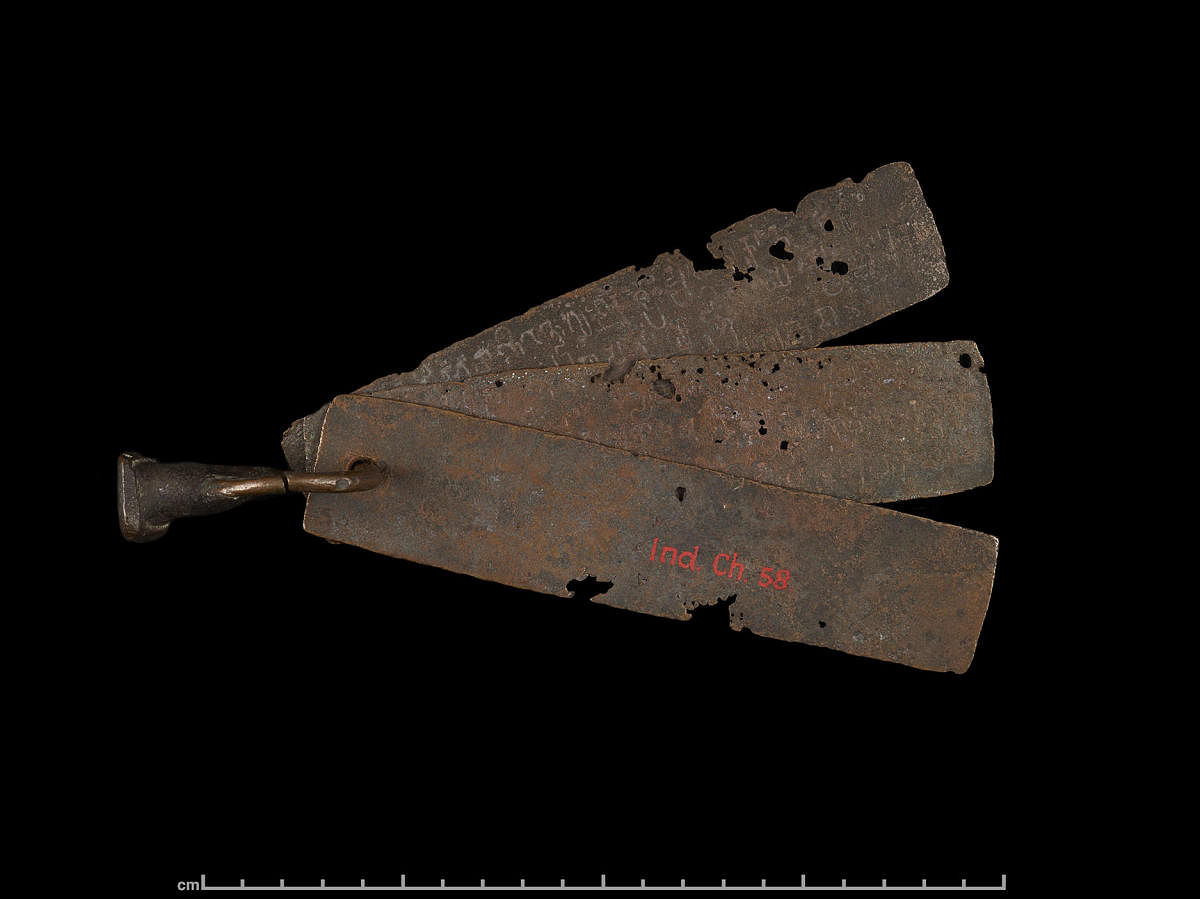
Halasi, near Khanapur in Belagavi district, is a lost town today, visited only by the devotees who throng the Bhuvaraha Narasimha temple and the Jain basadi, and archaeology enthusiasts.
But historical records say that many royal houses favoured the Halasi region because it was rich in natural resources and located right in the middle of the southern region. Why, even the noted historian A Sundara’s excavation work at Halasi led to the discovery of a prehistoric megalithic site, now abandoned.
A total of nine records of epigraphical significance — seven copper plates discovered at Chakratirth, near Halasi; and two lithic records discovered from the Bhuvaraha temple in Halasi — is ample evidence to show Halasi as a power centre.
Copper plates were not displayed like inscriptions, but they served another purpose.
The ones discovered in Halasi prove in particular that the Kadambas, the first southern local rulers of considerable power, patronised Jainism.
The Kadambas ruled between 345-525 CE and reached their peak during the reign of King Kakusthavarma (5th century). It’s widely believed they used Kannada as their administrative language.
Take for instance the copper plate of King Kakusthavarma.
It implies that the king, through the construction of a basadi in his father Santivarman’s honour, encouraged the Yapaniya, Nirgrantha, Kurchaka sects of Jainism.
“This plate throws light on the sects and subsects of Jainism at that time. It becomes significant in tracing the history of Karnataka and its religions,” says Dr Smita Surebankar of Belagavi, an authority on the studies of Halasi. Copper plates thus served as administrative and revenue records, used extensively to etch land grants. The copper plates werelong-lasting.
Modern-day Halasi, as per the plate records, was the subsidiary capital of the early Kadamba kings Mrigeshavarma I and Ravivarma II. The copper plates also mention Halasi as Palasika Pannichchasira or Halasige-12,000, which refers to the 12,000 villages that came under the administrative circle.
P B Desai, a historian, has deciphered a set of copper plates which speak about King Ravivarma granting lands, revenues from which could support a basadi’s functioning perpetually.
Two more plates mention land grants intended to support the grand abhishekas at basadis. Another plate mentions a land grant made to one Senapati Srutakirti for saving a king, but the king’s name remains unknown. Jainism flourished in North Karnataka due to this royal patronage.
The Indian Antiquary issue of 1876 speaks of a Halasi inscription which states that the Kadamba kings Bhanuvarma and Harivarma (405-430 CE), among others, donated generously to the abhishekas and daily rituals at basadis.
With the Kadambas losing power, Halasi, too, weakened. Halasi faded when the Kadambas came under the Vijaynagara empire and then lost to the Bahamani and the Adil Shahi empires.